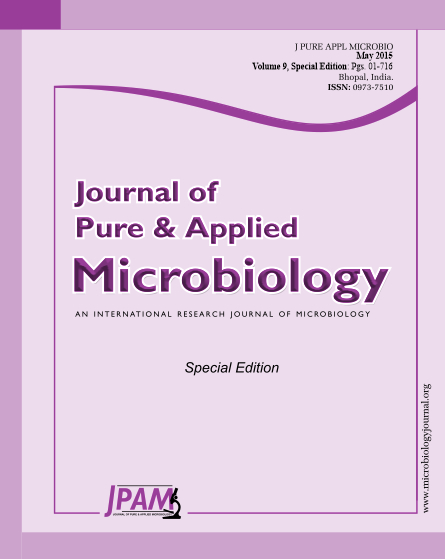Acinetobacter is a group of bacteria commonly found in soil and water and prefer to colonize aquatic environments. Moreover there are many species of Acinetobacter and all can be opportunistic human pathogens, around eighty percent of human infections are caused by A. baumannii. Resistance isolates of A. baumannii are very common and have increased dramatically over the last 30 years. Most isolates are resistant to older antimicrobial agents including extended spectrum penicillins, 1st and 2nd generation cephalosporins, and aminoglycosides. Due to high rates of resistance associated with A. baumannii, combination therapy is typically employed for the treatment of infections. This study is aimed to evaluate the in vitro antimicrobial activities of drug combination regimens against Saudi isolates of A. baumannii by using minimum inhibitory concentration determination, checkerboard synergy and time-kill assays for tigecycline, imipenem, Amikacin, piperacillin/tazobactam, Cefepime, colistin, ciprofloxacin and Ampicillin/ Sulbactam and were determined according to the Clinical and Laboratory Standards Institute guideline. The result of the presented in vitro study revealed that the double combination of tigecycline with colistin, imipenem and amikacin could be a promising alternative for the treatment of infections due to multi-drug resistance A. baumannii strains. Further investigations required to validate the role of these combinations for the treatment of infections due to current isolates found in Saudi Arabia.
Acinetobacter baumannii, Tigecycline, Drug combination, MDR
© The Author(s) 2015. Open Access. This article is distributed under the terms of the Creative Commons Attribution 4.0 International License which permits unrestricted use, sharing, distribution, and reproduction in any medium, provided you give appropriate credit to the original author(s) and the source, provide a link to the Creative Commons license, and indicate if changes were made.


